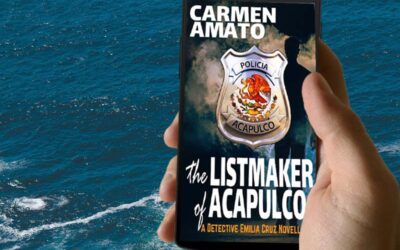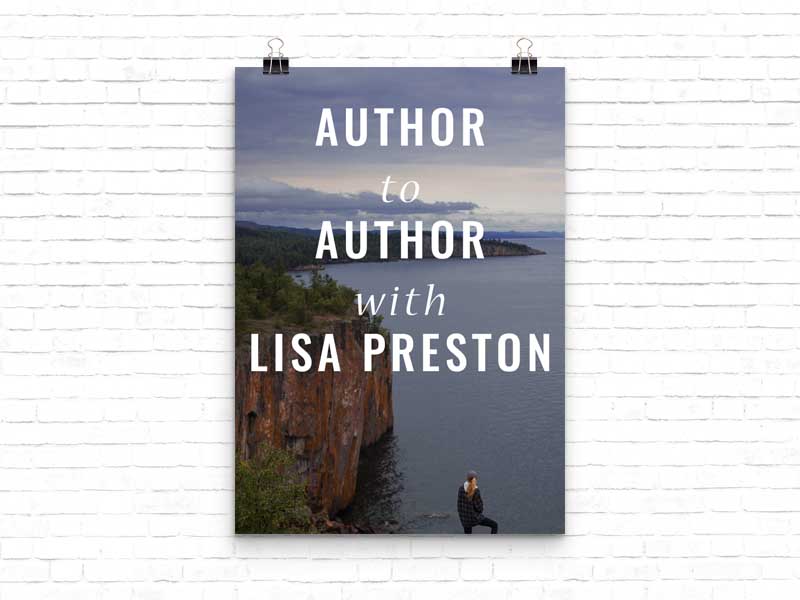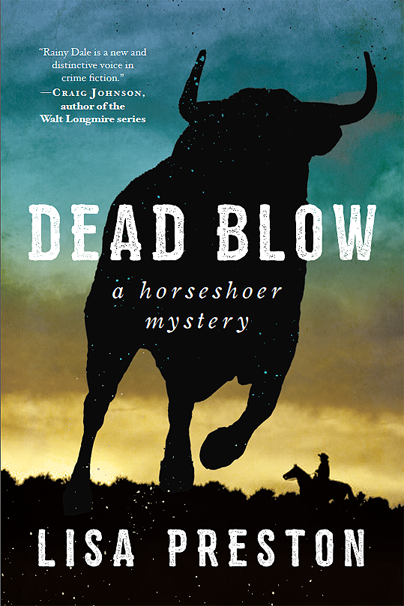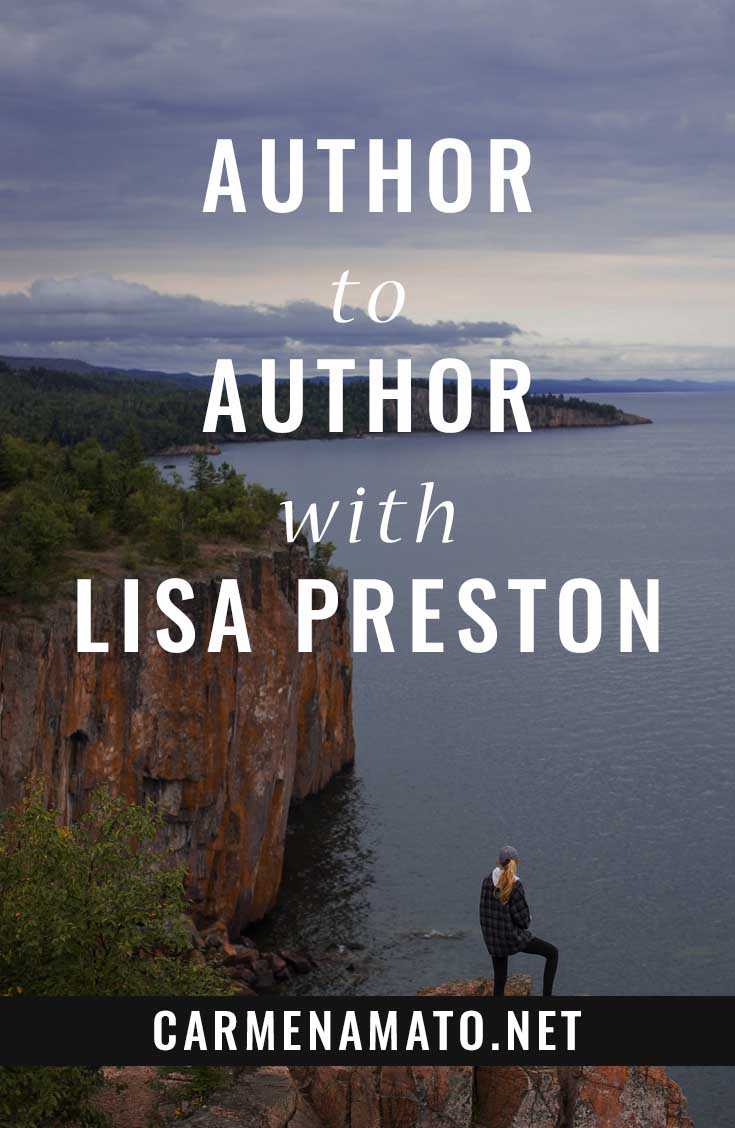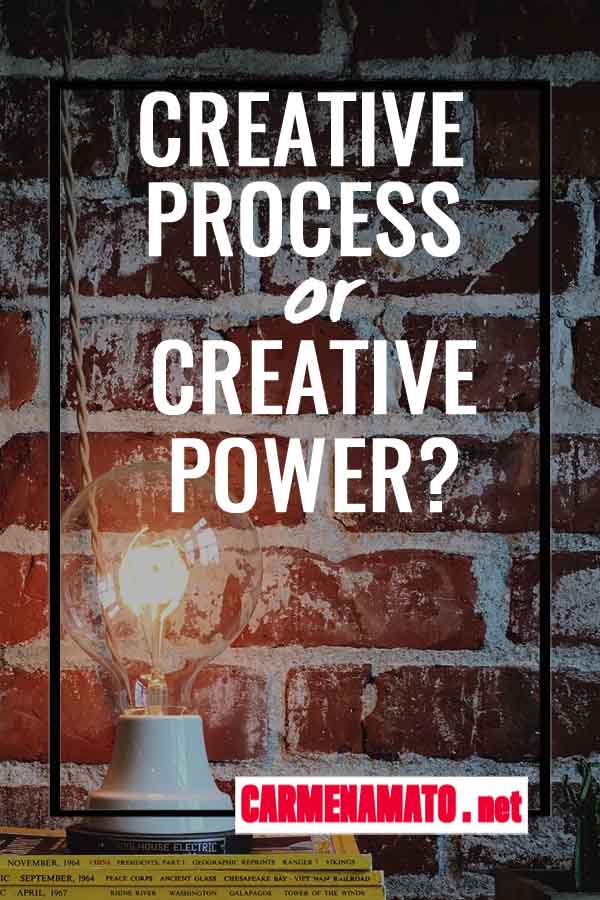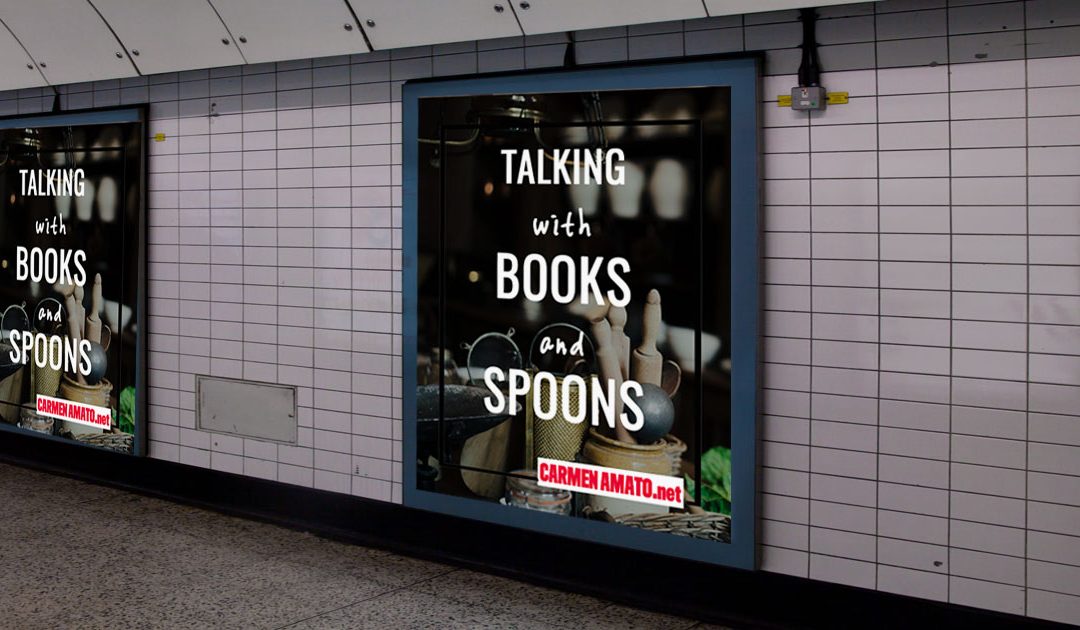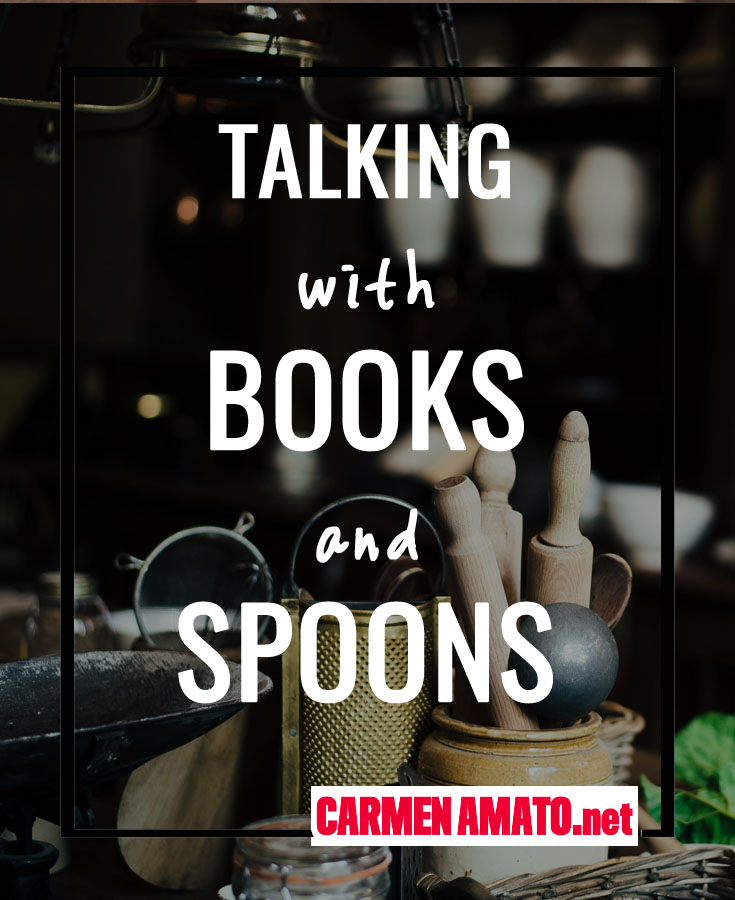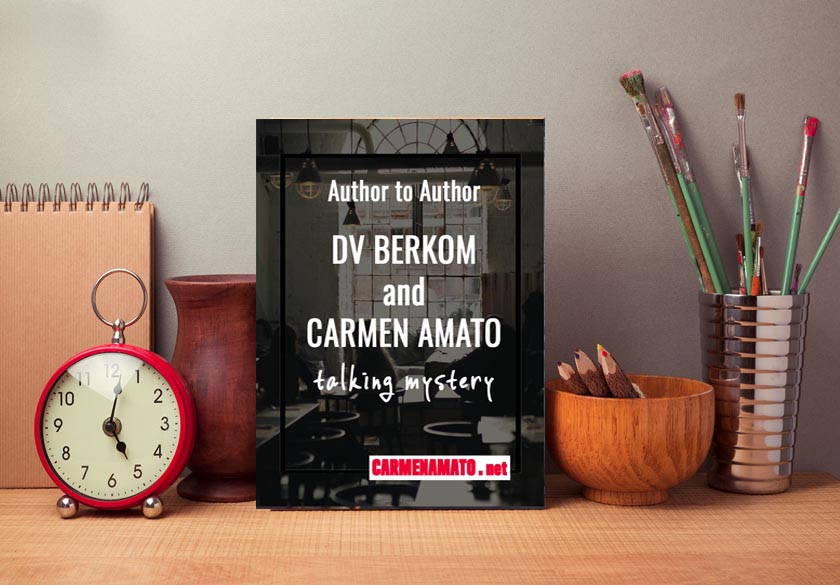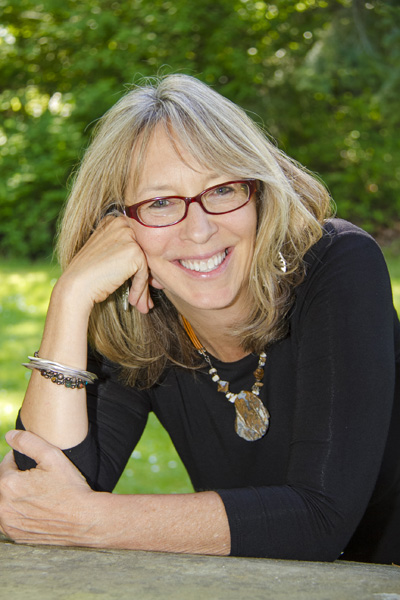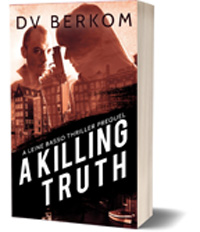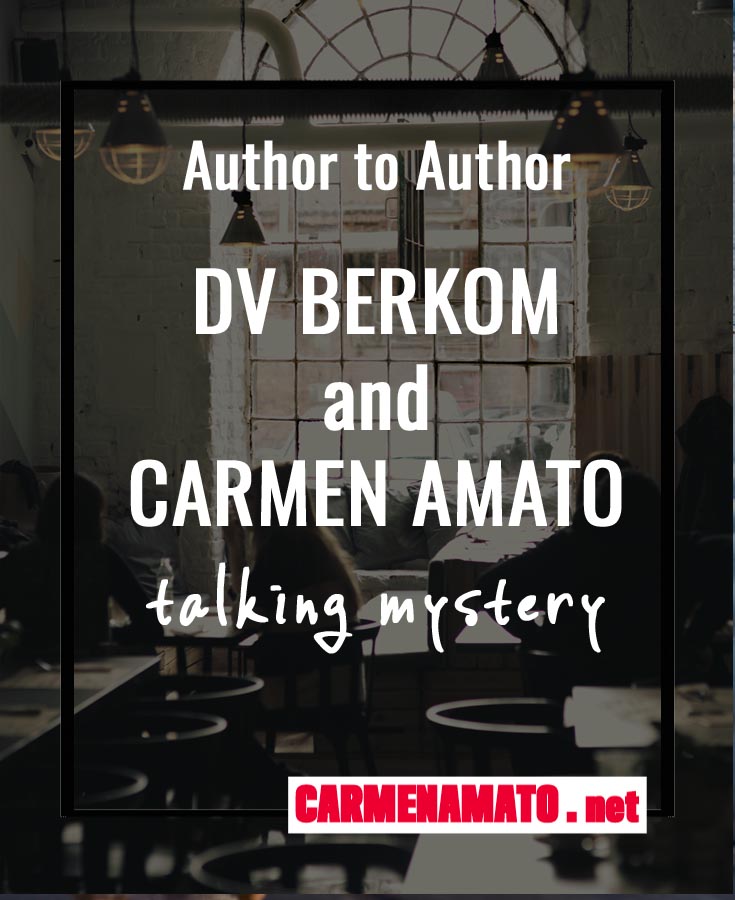The audiobook version of the Detective Emilia Cruz novella, THE LISTMAKER OF ACAPULCO was just...
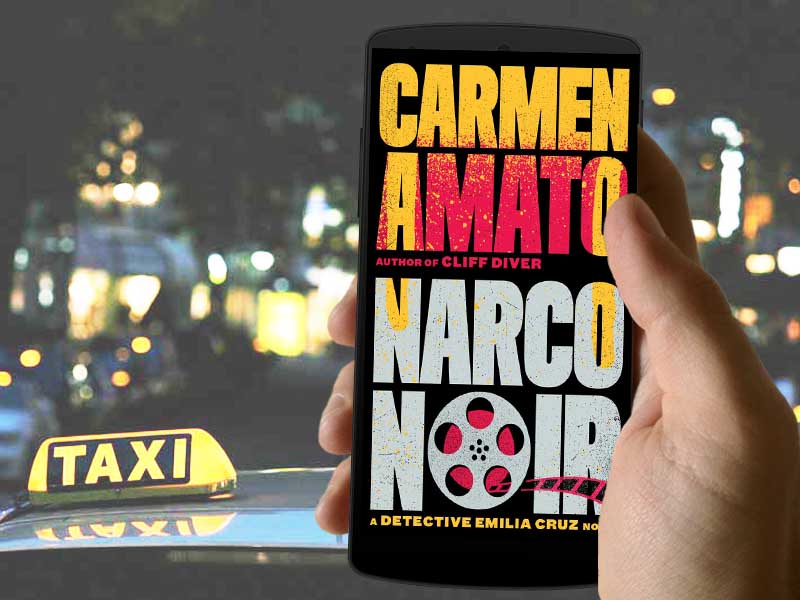
My Fijian romance and other Unforgettable Taxi Tales
To get in the right mindset for NARCO NOIR, in which Detective Emilia Cruz goes undercover as a taxi driver to catch a killer, friends and I are sharing some outrageously memorable taxi rides.
Which of these are you happy to have missed?
Related: The True Story Behind NARCO NOIR
CARMEN’S POST-COUP FIJI TAXI ROMANCE
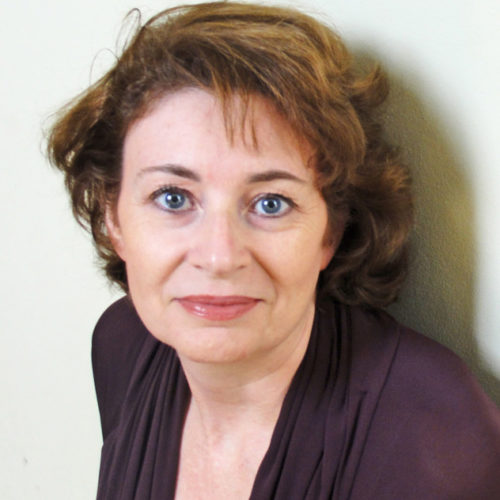 Arriving in Fiji alone at 1:00 am after a 12-hour flight was unnerving but that’s the way the flights went so there I was, in the middle of the Pacific, with a heavy suitcase, an even heavier bag of scuba gear, and reservations for a hotel that was 20 miles away. I’d never been in Fiji before.
Arriving in Fiji alone at 1:00 am after a 12-hour flight was unnerving but that’s the way the flights went so there I was, in the middle of the Pacific, with a heavy suitcase, an even heavier bag of scuba gear, and reservations for a hotel that was 20 miles away. I’d never been in Fiji before.
A nation of islands, Fiji was a former British colony. When the Brits found out that it was the ideal climate for sugar cane, Indian workers from the subcontinent were brought in the raise the crop. Sugar became Fiji’s main export, sweetening British candy and giving rise to local rum production as well. But land in Fiji–and accompanying political power–is reserved for native-born Fijians, disenfranchising the Indian population. The Indian population’s economic and political power grew with the population, until an Indian was elected prime minister. A coup by a native Fijian army officer was swift and bloodless. It returned the former native Fijian prime minister to an interim status but a second coup occurred when the army ringleader took power himself.
I arrived two weeks after the second coup, when the situation was still delicate.
I hauled my heavy bags outside the terminal and got directed into a taxi driven by a turbaned Indian gentleman. We headed off in the pitch-black Pacific night for Suva, the capital.
Half a mile down the road we encountered an army roadblock. A single Fijian soldier stood guard, wearing a military uniform shirt tucked into a traditional Fijian sulu, or kilt. He had an assault rifle, a flashlight, and a long wooden barrier.
Let me digress here and say that Fijian men are the most handsome men on earth. Apologies to my husband (whom I hadn’t yet met) but Fijian men are Pacific gods. All are about seven feet tall, muscular to the point of sculpture, and have wavy dark hair.
So back to the taxi. We stopped in front of the barrier.
The soldier, who stood about 6’8”, approached. The driver stared ahead, steering wheel locked in a death grip. He didn’t say a word but shook like he was caught in a high wind. Sweat poured down his face.
The situation seemed up to me. I rolled down my window, smiled shakily, and held out my American passport.
The soldier bent down to peer through the open window. Up close he was gorgeous; dark mustache, lose-yourself-in-them brown eyes, perfect teeth. “Hello,” he said, making it sound as if I was the woman he’d been waiting for all his life.
“Hello,” I replied, now confused as well as nervous.
He stepped away from the car and studied my passport in the beam of his flashlight. There were no streetlights, no other cars, the airport far behind, the empty road unspooling in front of us only to disappear into the darkness. The taxi driver continued to shake like soupy gelatin.
The soldier came back to the car and leaned down to look at me again through the window. He handed back the passport. “Goodbye,” he said, infusing his voice with Casablanca-like drama.
“Goodbye,” I said, matching his emotional tone.
He moved the barrier, the taxi driver gave a little sob, and we sped off, leaving Sargent Fiji by the side of the road.
Get NARCO NOIR on Amazon now >>> https://geni.us/narc
Khaled Talib’s English Lesson
 We were two, my cousin and I, sitting comfortably at the back of a taxi in Singapore, heading to Shenton Way, the business district. With a mild traffic and fair weather, we chatted away as the Chinese driver took us to our destination.
We were two, my cousin and I, sitting comfortably at the back of a taxi in Singapore, heading to Shenton Way, the business district. With a mild traffic and fair weather, we chatted away as the Chinese driver took us to our destination.
We didn’t suspect anything since the driver showed no signs of distress, and the ride was smooth. But as we neared our destination, his behaviour became erratic. In broken English, the driver blasted us for speaking proper English. My cousin and I stared at each other, mouth agape. What just happened?
In a jerky voice, the driver complained we didn’t have to rub it in that we spoke better English than him. We didn’t reply to the complex-ridden man and allowed him to ramble on. We assumed he had an unpleasant encounter earlier, possibly with another passenger, which may have hit a nerve.
At least we arrived at our destination in one piece, and obviously, someone badly needed a holiday.
Khaled Talib is the Singapore-based author of thrillers SMOKESCREEN, GUN KISS, and SPIRAL. Check out >>> The Big Thrill Interview with Khaled Talib
Jerry Last’s lesson in speaking the wrong language in the Netherlands
 Early in my scientific career I flew to Amsterdam in The Netherlands to present a paper at a major scientific meeting. This was going to be my first ever visit to Holland.
Early in my scientific career I flew to Amsterdam in The Netherlands to present a paper at a major scientific meeting. This was going to be my first ever visit to Holland.
I took a taxi from the airport to my hotel downtown, a pretty long trip. I gave the driver the address. He nodded and off we went. I asked if he could tell me what we were passing as we drove along. He told me his English was too limited to do that, so we drove along in silence. I don’t speak Dutch.
I’d had a few classes in German in college and grad school, and the languages are pretty similar. I asked him in German if he could tell me the about what we were driving by. I knew some words, but I’m sure my accent was incredibly bad and my verbs were all in the present tenses, randomly sprinkled into my sentences.
My driver wasn’t happy. He delivered a lecture in perfectly fluent English about his generation’s experiences in World War II requiring him to listen to more German than any respectable Dutch person would want to hear in a lifetime. He then explained to me how unwelcome my attempt to speak German to him was.
Like most people I’ve met in Holland he was basically a very friendly person, proud of his native country. Once the floodgates of English speech had opened, he was downright chatty and a pretty good tour guide.
As we neared my hotel, he very sternly admonished me never again to experiment with speaking German to a Dutch person, all of whom, especially in the big cities, could be assumed to speak English as a second language.
Jerry Last is the author of the Roger and Suzanne mystery series. Check out ABRA CADAVER, from the series on Amazon: >>> https://amzn.to/3dg9zFU
Vee James on the art of racing in Naples
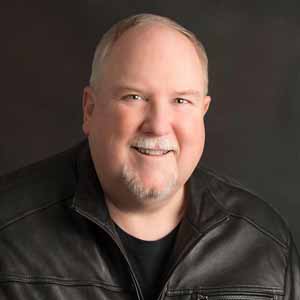 1995, Naples, Italy
1995, Naples, Italy
My buddy and I had the most beautiful view, sitting out on our little Sorrento hotel balcony overlooking Naples Bay. Beyond the glittering city of Naples, Vesuvius loomed like the sleepy monster it is. The small disadvantage was that we had to take the short train ride around the bay to get to Naples proper and the one big item on our To Do list was to make it to the famous Naples Museum of Archeology. When the ruins of Pompeii and Herculaneum were discovered, Italy’s king financed tunneling operations in order to bring the rich spoils of the cities to him. Later, these treasures, retrieved for their monetary value but preserved for their historical significance, were ensconced in this brilliant museum.
We learned the museum sat high up on one of the many steep hills in Naples so, in order to save our already aching feet, we hailed a taxi. The swarthy driver nodded curtly. My broken Italian must have been good enough. My friend, a tall, lanky Texan, sat in front with the driver, and I, the more “compact” of us, sat in the rear. Just as we got the doors shut behind us, the taxi lurched from the curb, our driver answering the protesting horns with his own and dodging as many pedestrians as were dodging him.
No turn was taken at a responsible speed, no lane change was made without peril, no intersection crossed without the threat of oncoming traffic. Hurling up the narrow streets, we hung on tightly to the vinyl handles above our heads and hoped we would live to see the museum.
Just then, at the intersection in front of us, two motorcycles screeched to a halt, barring our taxi’s way. Each cycle had its rider and a passenger, both decked in the snappy blue uniform of the local police. The man on the back had a wooden hexagonal paddle, painted red with bright letters declaring something to the effect that cars should stop for them. Our driver waited just enough time before braking to scare both my friend and I and the policia, who gave him a stern frown and some choice words. A large police car flew through the intersection, accompanied by several more motorcycles, all with lights flashing and sirens wailing. The cycles nearest us sped off to join the others.
Our driver slammed down the gas pedal and we careened across the intersection in a wide, dangerous arc, falling in behind the police motorcade. With speeds reaching motorsport levels, we snaked up through the narrow canyons of buildings, deeper into the Naples neighborhoods.
The rider on the last police motorcycle saw us approaching and frantically began to wave his warning paddle. Our driver, with what can only be described as a demonic grin, rapidly closed the distance. The policeman went from red-faced anger to white-faced terror, waving his paddle like a flyswatter. Just as we got close enough to clip the man’s heels, our driver spun the wheel and took the next sharp left turn, leaving the motorcade behind.
A few minutes later, we exited the taxi on shaky legs, in front of our goal, the huge gray edifice of the museum. It was no surprise to see the taxi roar off down the hill, horn blaring and pedestrians scattering. We shook our heads as we climbed the stone steps.
“Crazy Napoli,” I murmured and looked up. The museum was closed.
Vee James is the humor fantasy author of the Neccabashar series and The Little Ship of Horrors. Find more about Vee James >>> https://veejames.com/
Jinx Schwartz on riding responsibly
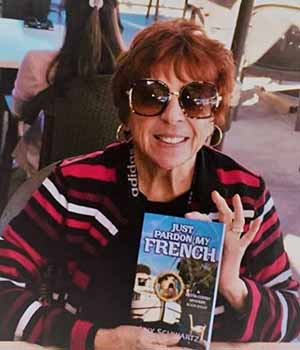 So, I got to a booksigning/bookfest in central Texas (the name of the town and fest shall remain untold in order to protect the guilty).
So, I got to a booksigning/bookfest in central Texas (the name of the town and fest shall remain untold in order to protect the guilty).
The smallish town had no Uber, and only one taxi service. I was at an RV park, and didn’t have a car, so I called for a ride.
Just for background, when I know when it is certain that I will have a couple. I do not drive…at least in towns with cops.
Like many Gringos in Mexico that rule goes down the tubes in places were there are: no pavement, no police, and no rules.
At any rate, I am slightly paranoid about driving anywhere in the US after imbibing, so I left my RV put, and walked to the gate to wait. And wait. And wait.
When I was about to give up, along comes a taxicab.
Since Uber is my ride of choice, I had forgotten what a crappy old taxi looked and smelled like.
My driver was very pleasant. Very. Downright chatty and jovial.
Five minutes into a ten minute ride, my driver lit up a joint, and called a friend. Did I mention he wasn’t wearing a seatbelt, was talking on the phone, taking sips from a suspicious-looking bottle and speeding?
As you can tell, I lived to tell the tale, but caught a ride back with a fellow writer.
Lesson learned? Never take a taxi when sober.
Jinx Schwartz is the author of the Hetta Coffey mystery series. Learn more about Jinx >>> https://www.bookbub.com/authors/jinx-schwartz
Reader Phillip Jones on camels, goats, and 6 hours he’ll never get back
From 1996-2000 I taught at the Royal Saudi Naval Academy. Living on a Saudi military base was austere to say the least, we lived in a BOQ, Bachelor Officer Quarters, served 3 meals daily in a mess hall, and expenses for living came to less than $10 monthly. Frequent vacations improved morale, 2 weeks at Hajj, 3 weeks at Ramadan, and usually 4-5 weeks during the summer.
The Saudi Navy frowned on late arrivals from vacations, pay was docked and it was always good to follow guidelines whenever possible. Vacations and plane flights were scheduled to return the evening before classes resumed, to eke every possible moment of pleasure out of the country.
I was returning from the United States and a colleague, Derek Whitefield, was on my same flight back to Riyadh, where we were to catch a smaller plane to fly from the capital to Dammam, next to our Navy Base. We landed in Riyadh, began to pass through security to grab our one hour flight to get back to base, unpack, and get some sleep before we resumed teaching, jetlagged for the next 7 days. Derek was ahead of me in the security line, and they found 5 or 6 bibles in his bags. One Bible was fine, for personal use, but the Saudis strictly prohibited proselytizing any religion but Islam. Since contraband Bibles were found, more security was called, and his bags were double and triple checked again and when I stepped up, my innocent bags were inspected minutely. By the time we got to the gate, plane doors were closed and we were denied boarding.
Dejected, we went to the Saudia Airline counter and checked on the next available flights. The next 3 flights out, both that evening and the next morning, were full and no bookings were possible. What to do? I suggested that we hire a taxi, split the cost, and make a 6 hour, 258 mile trip to get back to work on time. Derek agreed and we searched for a taxi driver willing to drive 6 hours to Dammam, then 6 hours back to Riyadh. We negotiated a price and loaded up in the winter darkness. I sat up front to monitor progress and Derek settled in the back and promptly went to sleep, not a care in the world. During the 6 hour drive through the Saudi desert, the driver kept his overhead light on and read Islamic prayers hanging from the rearview mirror. Since the driver’s attention was constantly distracted, I watched for stray camels, sheep and goats to warn the driver or take the wheel if necessary. We stopped only once or twice at roadblocks, and I would ask the soldier if he thought Saudi Navy instructors would smuggle opium. After peering at me with sleepy eyes, we would be waved on.
After 6 hours of leaning forward and peering into the darkness, we arrived safely on base. I woke Derek from his innocent slumber, and we headed to our rooms, class beginning in 3-4 hours. Derek never apologized for preventing my one hour flight or causing a harrowing 6 hour drive. A letter to Saudi Airlines brought me reimbursement for the entire taxi fare, which I did not share with Derek.
Don’t forget to grab Narco Noir on Amazon >>> https://geni.us/narc
In NARCO NOIR, Acapulco’s first female police detective drives into a Hollywood film starring lies and murder when she goes undercover to catch a killer. A bitter past, maddening clues, and her deepest fears all collide in the 8th book in the award-winning series.
As the camera rolls, Detective Emilia Cruz faces the ultimate decision.
“A thrilling series” — National Public Radio
You may also like
New Audiobook! Listen to LISTMAKER
Book review: The Mystery Guest by Nita Prose
Molly Gray is the crime-solving Head Maid at London’s Regency Grand Hotel in THE MYSTERY GUEST the...
Writing advice from a balky mule and a train derailment
Readers often connect with me over the deep point of view style of the Detective Emilia Cruz...
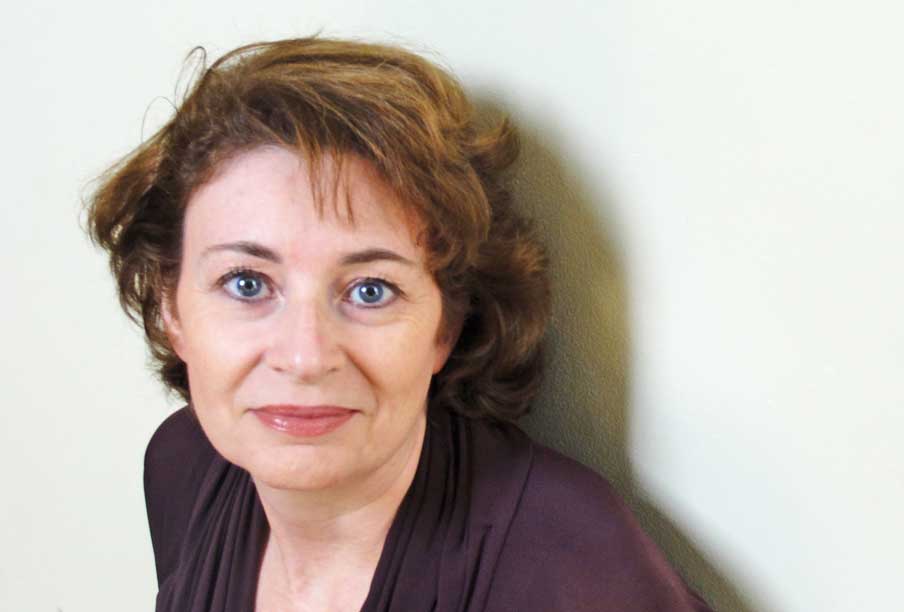
CARMEN AMATO
Mystery and thriller author. Retired Central Intelligence Agency intel officer. Dog mom to Hazel and Dutch. Recovering Italian handbag addict.


